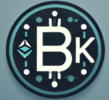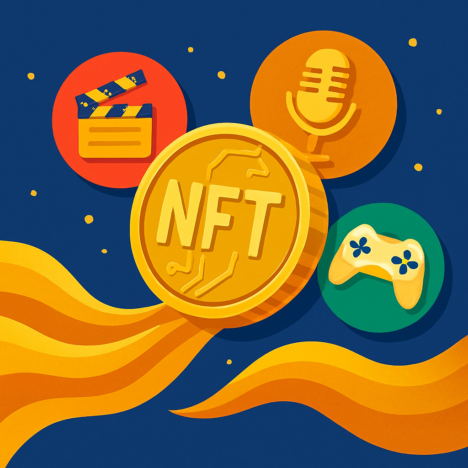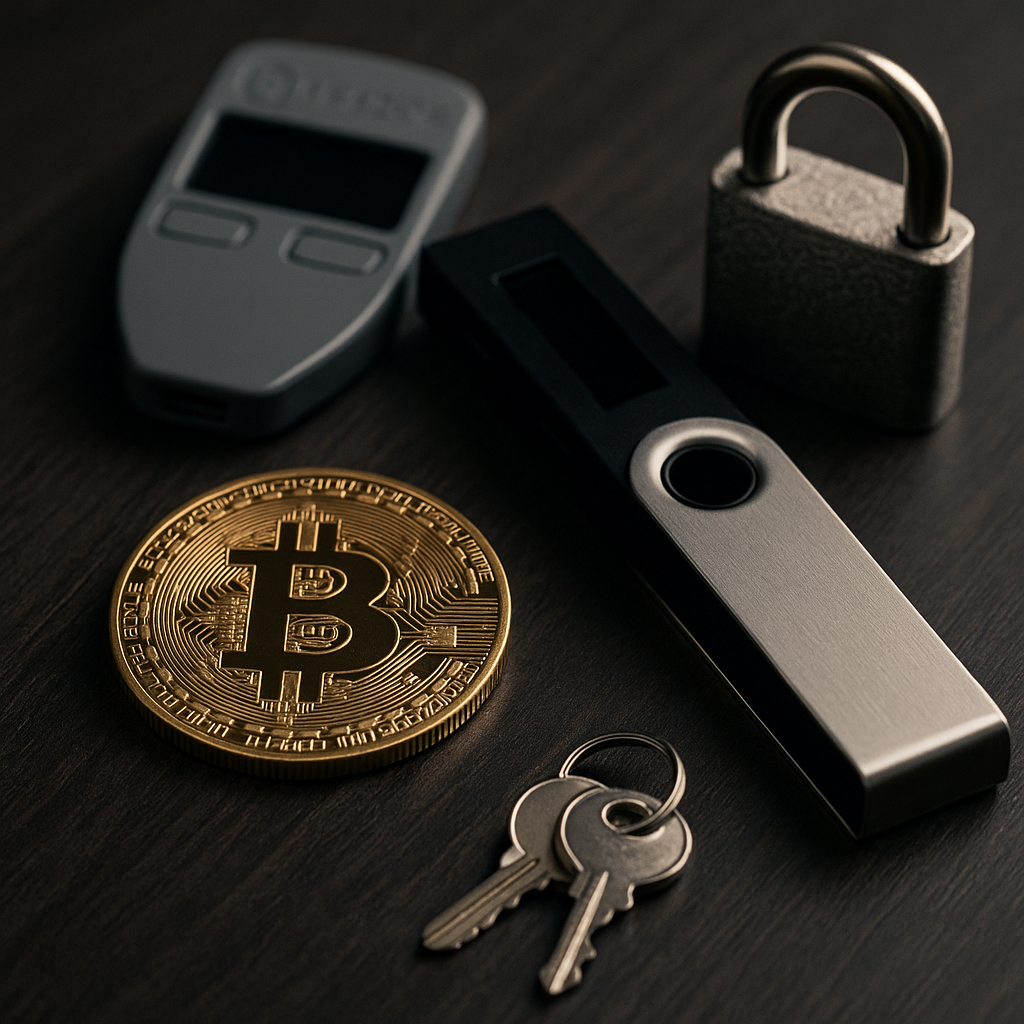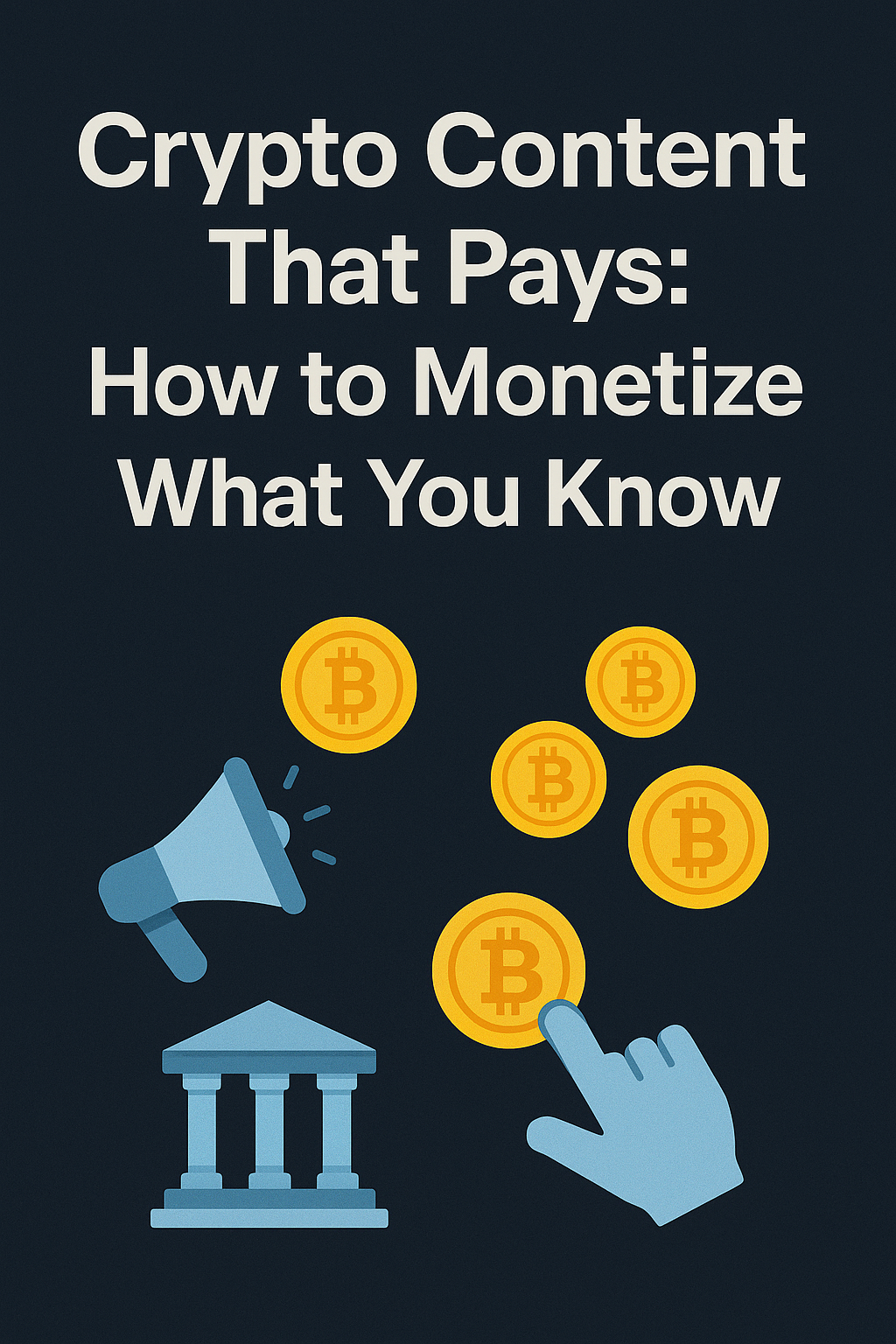A look at how NFTs are transforming intellectual property and digital assets
🚀 Introduction: Not Just JPEGs Anymore
When most people hear “NFT,” they think of pixelated apes, overpriced digital art, or speculative mania. But behind the noise, NFTs are quietly redefining how we think about ownership, rights, and revenue—especially in entertainment.
From how musicians get paid, to how films are financed, to how gamers earn rewards, non-fungible tokens (NFTs) could unlock a whole new creative economy.
So no, this isn’t just about collecting monkey pictures.
This is about reshaping the backbone of intellectual property (IP) in the digital age.
🧠 Quick Refresher: What’s an NFT?
NFT stands for Non-Fungible Token. Unlike cryptocurrencies like Bitcoin or Ethereum, which are fungible (each coin is the same), NFTs are unique digital assets stored on a blockchain.
They can represent:
- Art
- Music
- Video clips
- Virtual items (weapons, outfits, land)
- Rights, licenses, or memberships
- Even contracts
Think of NFTs as digital deeds of ownership. They prove you own a specific digital thing—even if it’s infinitely copyable, like a song or image.
🎬 NFTs in Film: A New Kind of Movie Deal
Hollywood is built on complex licensing agreements, delayed royalty payments, and gatekeepers. NFTs flip that model on its head.
Here’s how:
✅ 1. Funding Films via NFT Sales
Indie filmmakers can pre-sell NFT access to:
- Behind-the-scenes content
- Limited-edition scripts
- Special credits
- Voting rights on casting or endings
Fans fund the film—and get real ownership perks.
✅ 2. Royalty Transparency
Smart contracts can automatically split revenue to contributors whenever the movie earns. No more “creative accounting.”
✅ 3. Proof of Ownership for Digital Merch
Owning an NFT from a movie could unlock:
- Special screenings
- Metaverse avatars
- In-game content
Example: The animated film “Zero Contact” was released as an NFT, with access sold on the blockchain before traditional distribution.
🎵 NFTs and Music: The End of the Middleman?
Streaming services revolutionized how we access music—but they didn’t solve the artist revenue problem. Most musicians make pennies per stream.
NFTs can fix that.
✅ 1. Selling Direct to Fans
Artists can sell limited-edition songs, albums, or concert tickets as NFTs. These can:
- Include royalty splits
- Grant access to meet-and-greets
- Unlock future releases
✅ 2. Ongoing Royalties
Every time a fan resells the NFT, the original artist gets a cut—automatically.
This is impossible with a CD or vinyl record.
✅ 3. Fan Clubs as NFTs
Instead of a subscription model, artists issue NFT “passes” to their top fans—gating exclusive access, drops, and perks.
Example: Kings of Leon released an album as an NFT in 2021, bundling it with special artwork and lifetime front-row concert tickets.
🎮 NFTs and Gaming: Loot That Actually Matters
Gaming may be the industry where NFTs make the most immediate sense.
In most games, your loot stays locked inside the game. If the servers die, so does your inventory.
NFTs change that.
✅ 1. True Ownership of In-Game Items
Imagine earning a sword in a fantasy RPG and being able to:
- Sell it on a marketplace
- Use it in other games
- Trade it for real-world money
All because it’s tied to your blockchain wallet, not a game database.
✅ 2. Play-to-Earn Mechanics
Games like Axie Infinity and Big Time already let players earn NFTs by playing. These can then be traded for crypto or cash.
✅ 3. Cross-Game Compatibility
Developers could collaborate on NFTs that work across titles—a helmet in one game might become a skin in another.
Example: The Sandbox and Decentraland let users buy land, clothing, and accessories as NFTs—then monetize them.
🧩 NFTs as IP Infrastructure
At their core, NFTs are intellectual property tools. They let creators:
- Prove ownership
- Set rules for how content is used
- Automate royalty payments
- Track value and resale on-chain
Instead of relying on lawyers, agents, and spreadsheets, NFT-based systems use code and blockchain transparency.
This is IP without borders, licensing, or paperwork.
🚧 Risks and Hurdles
NFTs aren’t a silver bullet. Here are a few challenges:
❌ Market Volatility
Prices can spike and crash overnight—bad for stable income streams.
❌ Legal Uncertainty
IP law hasn’t caught up. What does “ownership” mean if you don’t control the underlying file?
❌ Tech Barriers
Setting up wallets, minting NFTs, and paying gas fees is still too complex for most fans.
❌ Scams and Plagiarism
Rugpulls, fake NFTs, and stolen art remain rampant. Better verification tools are needed.
🌍 What the Future Looks Like
Imagine this:
- You buy a concert NFT that gives you a front-row ticket, exclusive unreleased tracks, and a slice of streaming revenue.
- You fund an indie sci-fi film by buying a “producer badge” NFT that earns you backend royalties and a cameo.
- You win a rare skin in a game, then rent it out to new players for passive income—across multiple game titles.
It’s not fantasy. Projects like these already exist. What’s missing is mass adoption, smoother UX, and legal alignment.
🧠 Final Thoughts
NFTs aren’t just collectibles. They’re contracts, revenue pipelines, and digital keys to value.
In the coming years, we’ll see fewer “Bored Apes” and more tokenized IP strategies that empower creators, engage fans, and reshape industries.
This shift is already happening—quietly, creatively, and (sometimes) chaotically.
So whether you’re a film buff, music fan, or gaming addict, keep your eye on NFTs.
Because the next time you buy a ticket, download a song, or win a boss battle…
…it might come with a smart contract.




